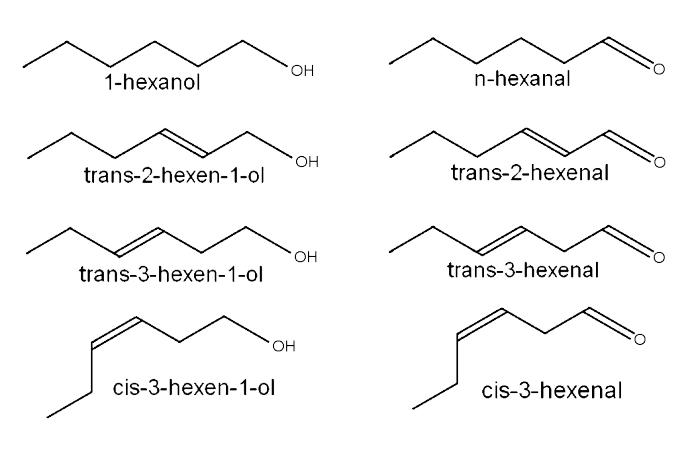Background
Primates and olfaction
Primates have traditionally been viewed as having a poor sense of smell and relying mainly on their visual sense. This view is based on findings such as the relatively smaller size of olfactory brain structures and the reduced number of functional olfactory receptor genes in primates compared with other mammals. However, a correlation between these neuroanatomical and genetic features and olfactory performance has not been demonstrated. Recent studies even contradict this view, showing that primates have a well developed olfactory sensitivity for odorants from several chemical classes and that they use olfaction for a number of different behaviors, such as foraging, sexual selection, establishment and maintenance of rank, recognition of group members and resource and territory defense.

Behavioral relevance
A recently developed idea suggests that olfactory sensitivity should be correlated with the behavioral relevance of the odorant for a given species. This means that individuals of a species may detect an odorant carrying valuable information at very low concentrations, for example one that indicates the presence of food. This has been shown in previous studies. For example, species that have a diet consisting of meat, such as the dog, have been found to be more sensitive to odorants that are important in the body-odor of their prey, than for example species that eat mostly fruit.
"Green odors"
"Green odors" are a group of aliphatic alkenols and alkenals that are commonly found in plant materials. Since they are so abundant in nature, we may suggest that they are behaviourally relevant to the spider monkeys, and that these should have a well-developed olfactory sensitivity to these odorants.
Furthermore, the "green odors" are structurally related with eachother. They all have a 6-carbon chain length, but they differ in type of functional group and presence, position and cis-trans configuration of a double bond. That makes it possible to investigate the impact of molecular structural features on olfactory detectability.

Aim
The aim of this study was to determine olfactory detection thresholds in spider monkeys for "green odors", and to assess the impact of molecular structural features on olfactory detectability.
Responsible for this page:
Director of undergraduate studies Biology
Last updated:
05/20/11
